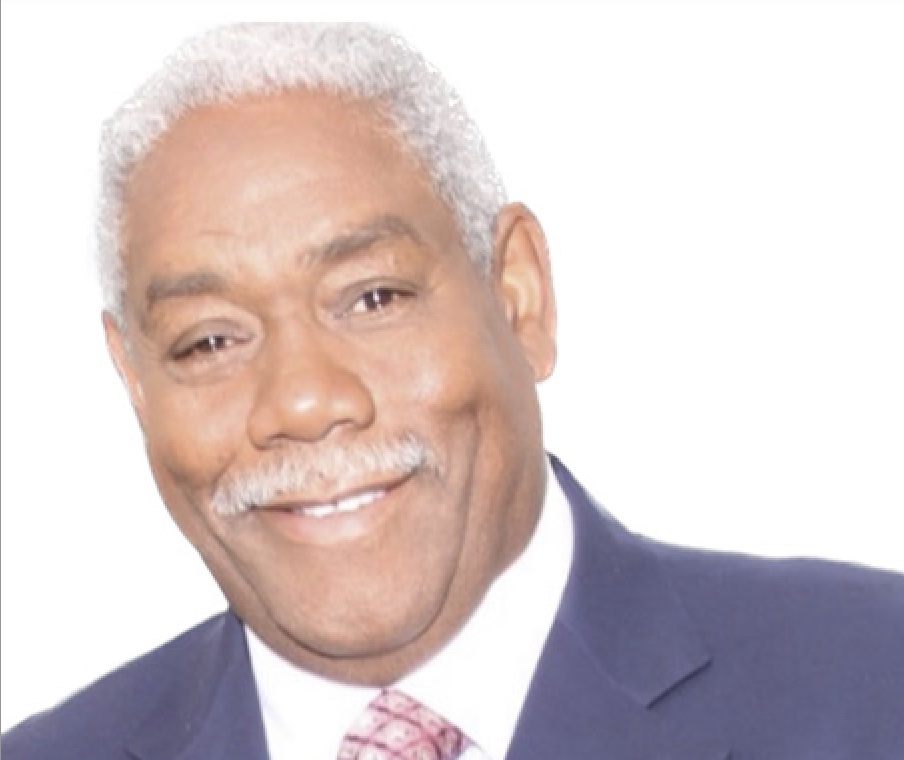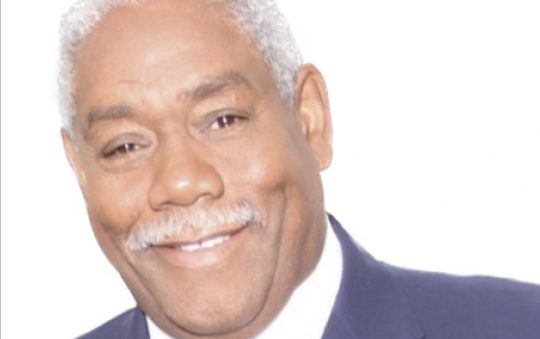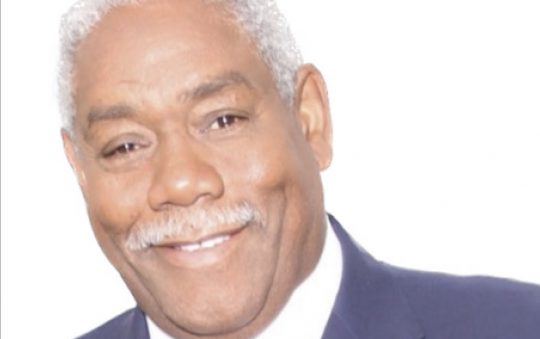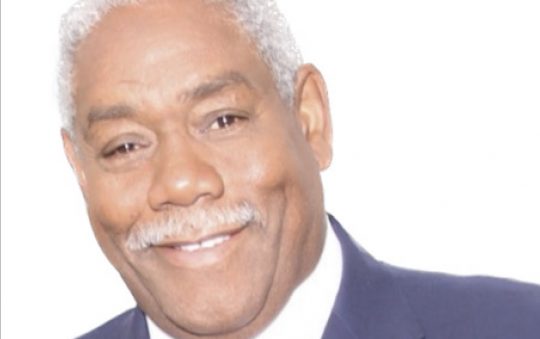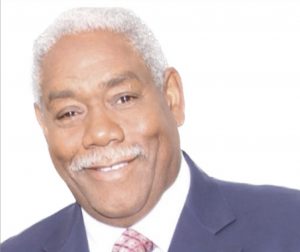
I love to go to the city of Palm Springs. It’s my favorite place in the world, that’s right the world, and yes, I do have a passport.
It’s close, you don’t need to go through TSA, you can get there in a couple of hours, you don’t need to pack a ton of clothes, and you can go there and totally cool out. When I know I’m going to take time out and go there, I have my own routine and rhythm.
So, why Palm Springs? Because it’s clean and quiet, there are great restaurants, great shopping and the pace of the city is slow and laid back. As soon as I hit town, I stop by my favorite cigar spot, and I sit in the outside areas on the sidewalk and enjoy a good cigar and download before checking into my hotel. So where am I going with this?
Last week, the city of Palm Springs approved a $5.9 million settlement and $20 million for housing initiatives and $1 million for local business initiatives for marginalized Black and Latino families whose homes were bulldozed and burned to the ground in a savage takeover under the guides of urban renewal in the 1950s and 1960s— an area they call Section 14 (Downtown Palm Springs).
Isn’t it interesting how people can dress up evil by trying to give it a sophisticated name. I guess if you call it Section 14 and not a Black and Brown neighborhood, you can feel justified in brutally mistreating people and taking what belongs to them. This was deep because I never knew that the city I love so much had such a sick history. Had I known that I really don’t think that I would have embraced it as I have.
I never knew that this one-square-mile plot of land east of downtown Palm Springs owned by the Aqua Caliente Band of Cahuilla Indians and a number of Black families, was a thriving community of homes, apartments, mobile homes, restaurants, churches and other cultural sites, which celebrated having over 1,000 buildings and several thousand residents living there.
These Black people living there worked as chefs, chauffeurs, butlers, maids, nannies, carpenters, construction workers and laborers, which was key to the development of Palm Springs as a thriving hospitality, tennis, tourist and golf industry that emerged in the 1960s. These people, our people, Black people, owned their own businesses, boarding homes, shoe repair shops and restaurants.
From the late 1950s through the 1960s the good citizens of the City of Palm Springs hatched a plan to demolish the vibrant community and develop it into more lucrative (white) commercial enterprises. So, what did these good citizens, the city and its agents do? They destroyed homes, personal property and belongings.
City-employed fire fighters and private companies bore down on the neighborhood and burned and bulldozed homes and personal possessions of residents while many were at work and some while still at home. Doesn’t this remind you of Rosewood, Florida; Tulsa, Oklahoma; and countless other atrocities perpetrated on our people. Hell, can you say, the Santa Monica freeway!
“It is the responsibility of the city of Palm Springs to compensate individuals for the destruction of personal property,” said Councilmember Lisa Middleton. “We broke something that was yours, and now we need to pay for it.”
In addition, the council approved funding broader programs to address long-standing economic disparities including $20 million for a housing initiative and $1 million for local business initiatives for Black communities.
Mayor Jeffrey Bernstein said, “The truth is that we can’t right the wrongs of the past, what we can do is we can heal and move forward, and we can look at restorative justice.”
Please don’t get me twisted, we all know that $26.9 million and an apology is a teardrop in the ocean for the hurt and pain that they caused but it’s a start. While I appreciate Councilmember Middleton’s words — let’s be honest, they didn’t break something that was ours and a check isn’t going to fix it.
What I will say is that the beginning of healing is to first recognize that you’re sick and I appreciate the city of Palm Springs at least recognizing that what they did was sick. Is this total reparations for what they did? Of course not, but I believe this is a start.
Now if we can just get the rest of America to go see a doctor.



